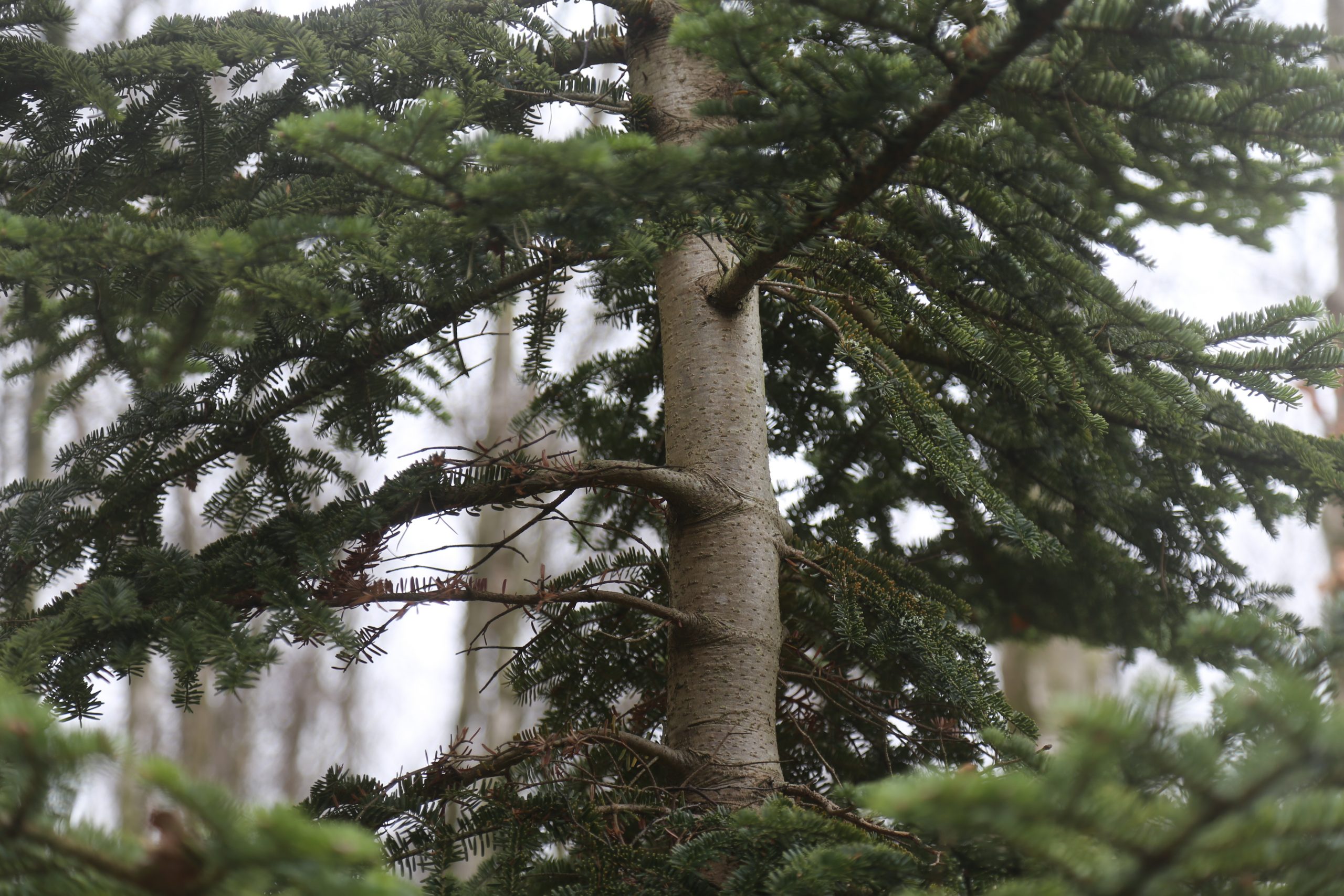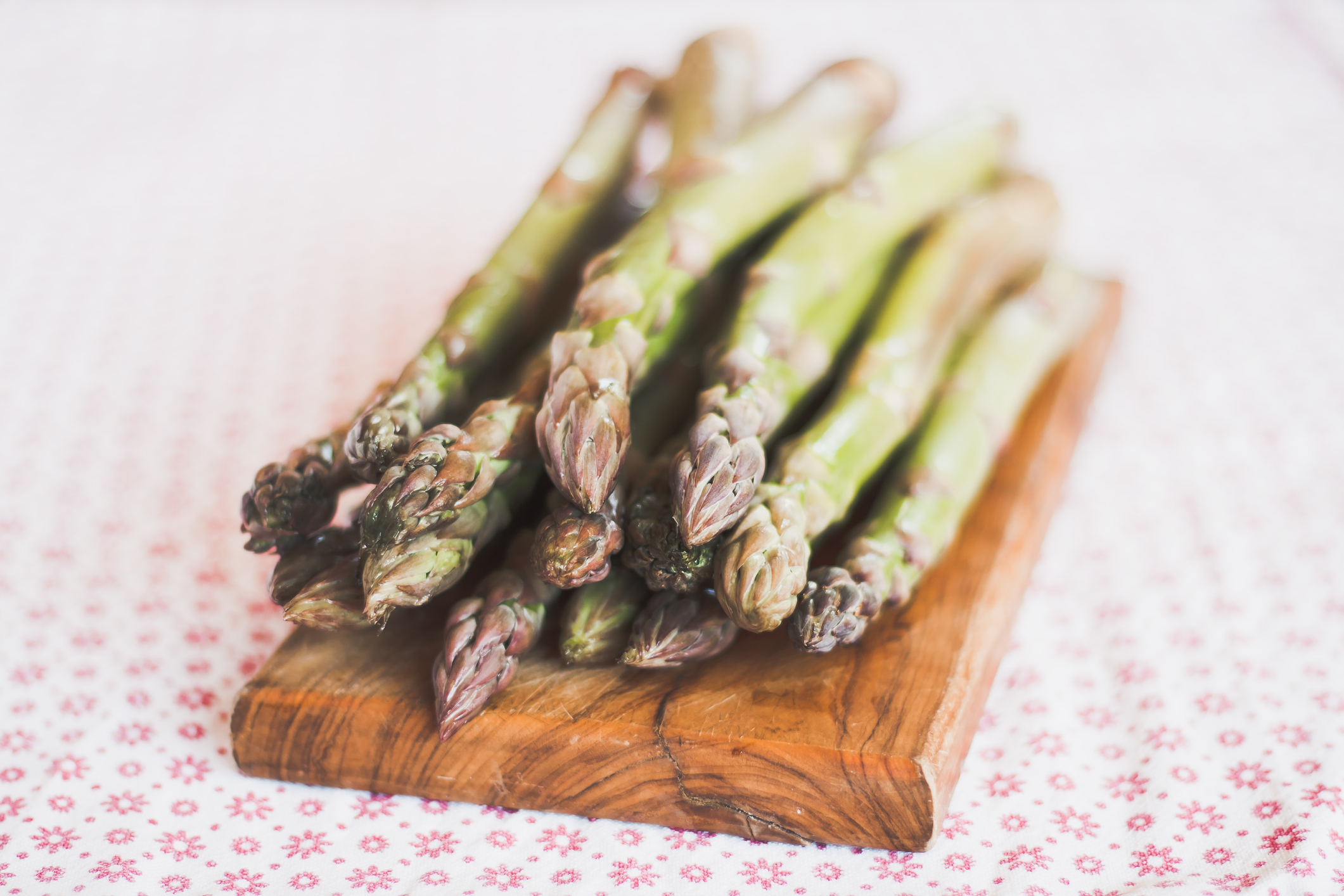All of us want to preserve and continue our culture, and parts of that culture include the plants that our countrymen knew and appreciated. We preserve our Italian-Sicilian culture through our wonderful art, literature, music, and cuisine, so why shouldn’t we do so with native plants? The answer is, of course, that we should be inclusive and share all aspects of our culture. That is why I am so very encouraged an excited to hear about the great progress that has been achieved in propagating and re-establishing the noble and beautiful Sicilian Fir.
The Sicilian Fir, Abies nebrodensis was thought to be extinct as a result of excessive deforestation. People cut down a lot of trees for construction and firewood. However, in 1957 on the slopes of Mount Scalone in north central Sicily, researchers discovered 29 unique specimens. They take their species name (nebodensis) from the Nebrodi mountain range that runs along the north east of Sicily.
Not very many people know about these mountains that abut Mount Etna to the south. Some call these mountains that reach their highest point of 1,817 m at Monte Soro, the Sicilian Apennines. They have for the most part a very harsh environment; arid, of clay soils, limestone scree, and sandstone.
The Sicilian Fir grows to 15-25m tall and looks very much like our fir Christmas trees. It is an evergreen that has beautiful blue-green, upward curved needles and cones about 5-6 inches tall. It is a tree worth saving. Grown and established in more supportive environments, the Sicilian Fir is a worthy addition to gardens.
Today, most of these firs grow within a national parkland in the Nebrodi mountains of the size of 856.57 km. On August 14, 1993 this national park was established to preserve Sicilian plants, animals, and the natural terrain. The park itself is adjacent to many little towns in the mountains, and it is one of the largest protected parks in Sicily. This is truly good news in the face of increasing urbanization throughout Italy, Sicily, and in the world at large. This all portends a future for the Sicilian Fir.
Also, I think that the more people hear and read about this lovely tree, the more its future survival is insured. There is a wonderful video showing Italian botanists carefully planting seeds of this tree which shows how very serious the Italians are in the Sicilian Fir reforestation project.
There are significant efforts to preserve the Sicilian Fir in other parts of the world. At Bedgebury Garden, which was started in Kent, England, in the 1840s by the Beresford Hope family, Dan Luscombe Chief Propagator at Bedgebury is making great strides in growing Sicilian Firs from seeds that were collected in the Nebrodi and Madonie Mountains of Sicily. Luscombe informs me that they are growing quite well and if I visit Bedgebury Garden (a very beautiful garden) he will show me his “Sicilian babies”.
Over 110,000 Abies nebrodensis have been propagated at the University of Palermo Botanical Garden for replanting, according to recent comments. Botanists are now calling the Sicilian Fir the “Flagship” tree for the great wealth of endemic flora on the island. Just consider for a moment that Sicily has within its island realm a great diversity of plants that range from palms to conifers. This spectrum of plants is another fascinating characteristic of Sicilia.































